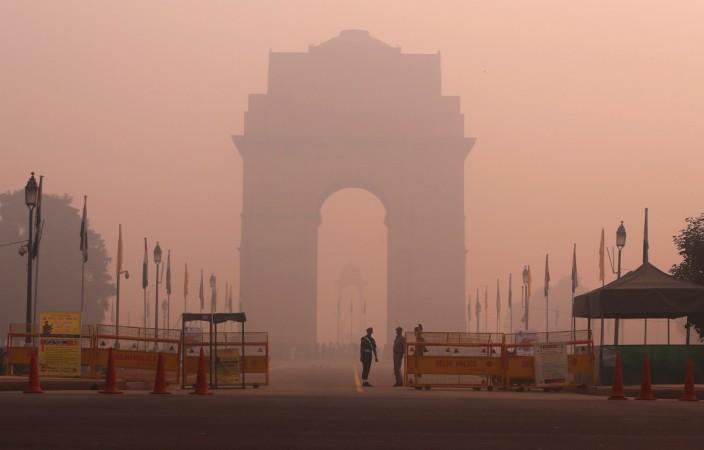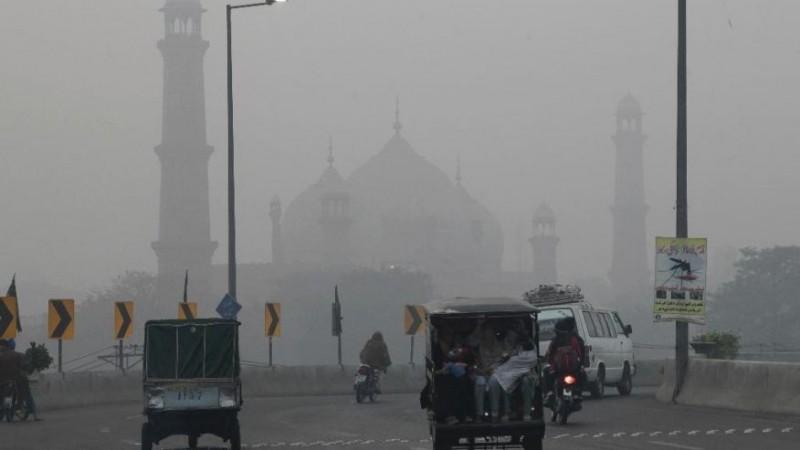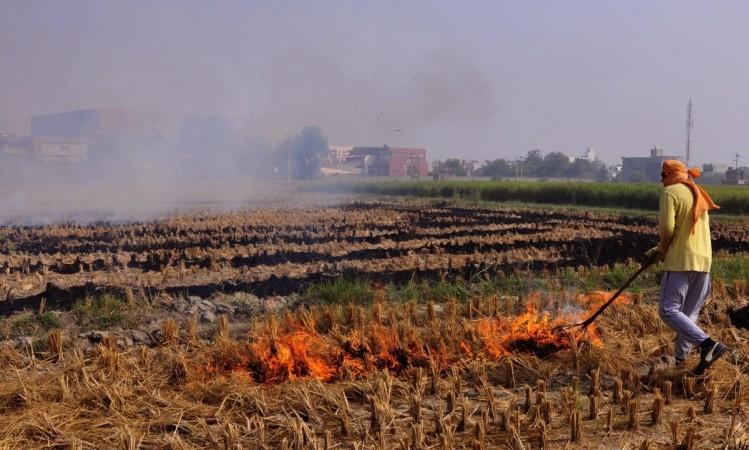
Even as Delhi and its government are struggling to come up with ways to bring down the toxic smog levels, a top American atmospheric organisation has said that cities in north India and Pakistan will continue to experience dangerous level of smog-filled pollution for the next few months.
Indian farmers responsible for smog in Pakistan, say officials in neighbouring country
"This is just the start to the smog season in northern India and Pakistan, as the monsoon will last for much of the upcoming winter. That means there are plenty of more opportunities for cold, stagnant air to fill with pollution, turning cities into dangerously unhealthy snow globes," National Oceanic and Atmospheric Administration (NOAA) said in a statement on Wednesday.
Atmospheric conditions contributes to smog
The NOAA also added that smog which is a result of extensive combustion of fuels, stubble burning and fires has made cities in northern India and Pakistan dangerous.
However, it added that besides the crop and garbage burning, certain specific atmospheric conditions were also causing the air to remain still enough for pollution to accumulate.

"This stagnation occurs when there is an inversion layer in the atmosphere," the NOAA said while adding that in this phenomenon, the air doesn't becomes cooler despite increasing altitude.
"Instead, warmer air sits on top of denser, colder air near the ground. Since that cold air has no place to go thanks to the warm lid placed atop it, it just sits there gathering pollution like a hazy snow-globe," the NOAA was quoted as saying by PTI.
The NOAA explained that in the later part of the autumn season in the Indian sub-continent, the Northeast Monsoon starts to gain momentum. The monsoon is driven by temperatures differences between the land and surrounding waters.
However, during the same time, the large landmass in the north of India begins to cool down considerably leading to the formation of a dense, cold air mass known as the Siberia high pressure system.

Meanwhile the waters in India's surrounding water masses remain warm. This draws northerly winds across northern India, which in turn brings cold air down off the Tibetan Plateau. The cold air settles into the valleys, creating inversions, described the NOAA.
The NOAA continued to stress that widespread burning of stubble in northern India is majorly contributing to dangerous levels of air pollution in cities across northern India and Pakistan.

















